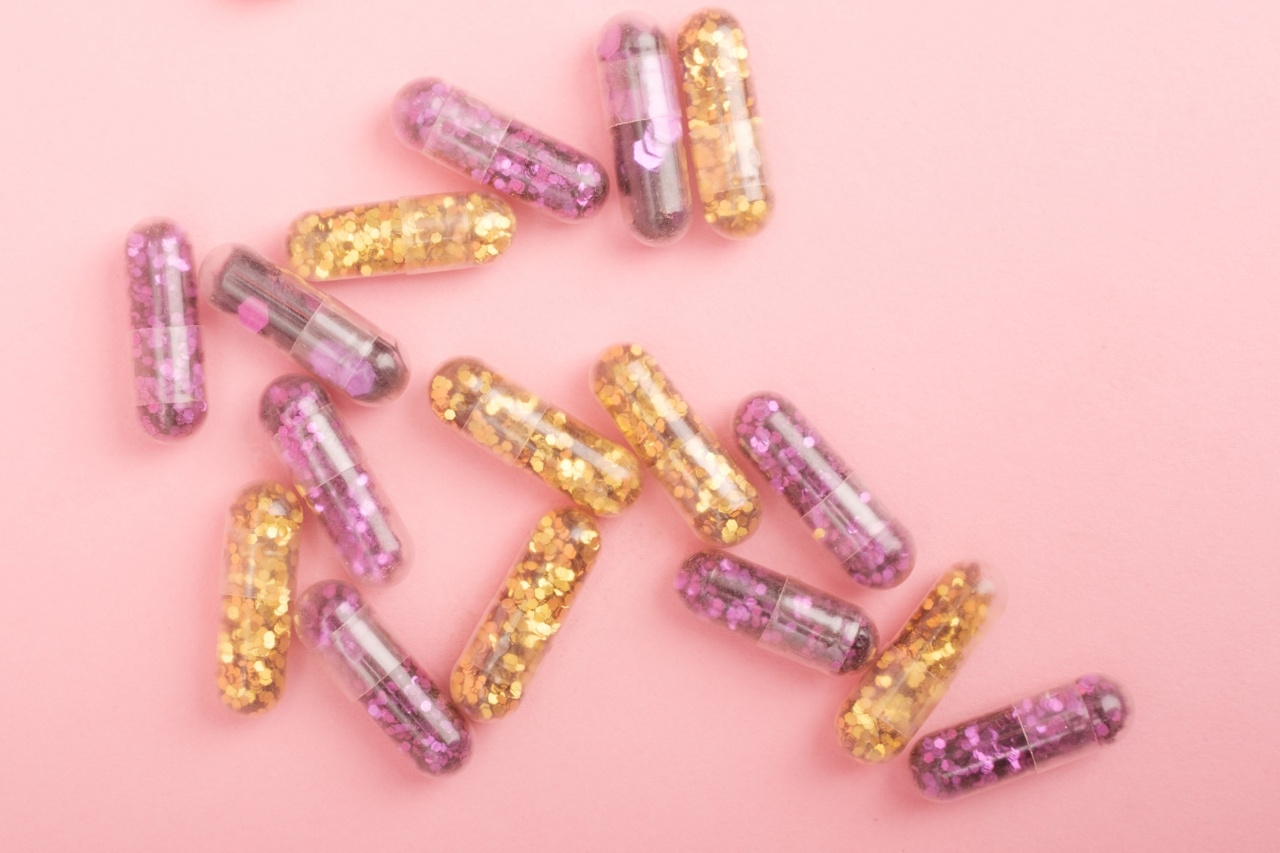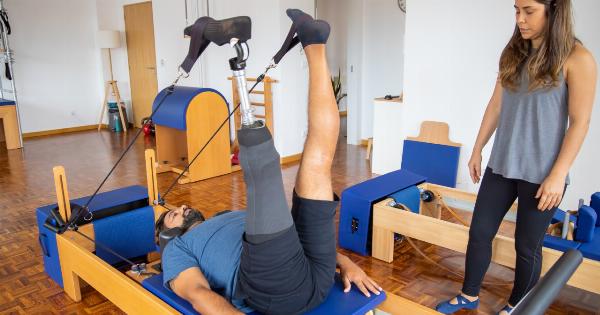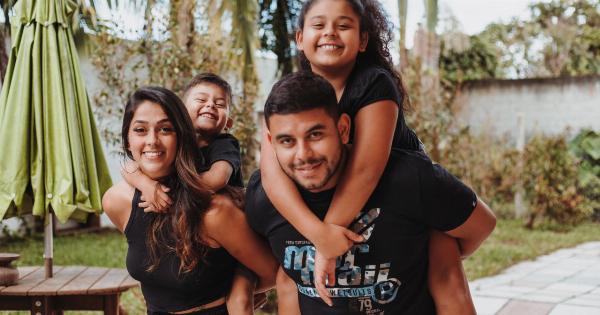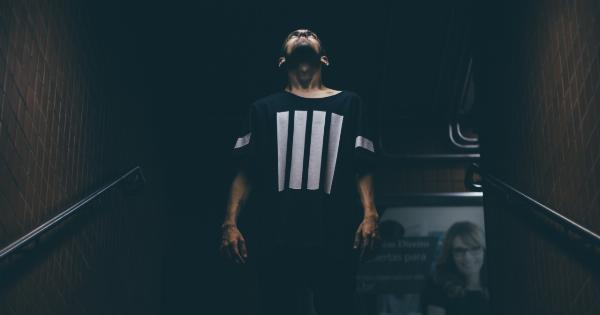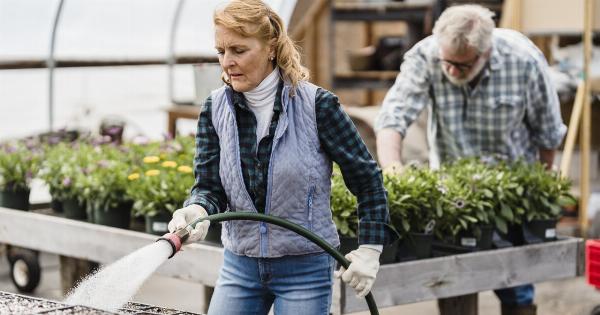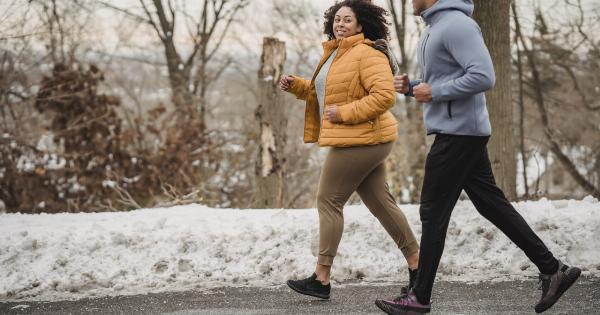Stroke affects millions of people worldwide, and it is one of the leading causes of adult disability. According to the American Heart Association, someone in the United States has a stroke every 40 seconds.
The consequences of a stroke can be devastating, and the recovery process can be challenging for both men and women. However, there are some notable gender differences in stroke recovery that are worth exploring. In this article, we will look at some of the differences and what they mean for stroke survivors and their families.
Women and Stroke
Studies have shown that more women die from strokes than men. This is partly due to the fact that women are more likely to have a stroke in the first place, and also because women tend to have more severe strokes than men.
Additionally, women are often older when they have a stroke, which can make recovery more difficult.
Another factor that affects women’s stroke recovery is their hormonal status. Estrogen has neuroprotective properties, which means that it can help protect the brain from damage.
When women go through menopause, their estrogen levels decrease, which may increase their risk of stroke and make recovery more difficult.
Men and Stroke
While women may be more likely to have a stroke, men are more likely to have strokes at a younger age.
This can have a significant impact on their recovery, as they may still be in the prime of their careers and have more responsibilities than older stroke survivors.
Additionally, men may be more likely to engage in risky behaviors that increase their risk of stroke, such as smoking or heavy alcohol consumption.
Men may also be less likely to seek medical attention right away, which can delay treatment and affect their recovery.
Physical Differences in Stroke Recovery
There are also some physical differences in stroke recovery between men and women. For example, studies have shown that men tend to have greater muscle strength than women before and after a stroke.
This can affect their ability to complete certain tasks during rehabilitation, such as lifting weights or walking long distances.
On the other hand, women may have better fine motor skills and dexterity than men, which can be useful during activities such as handwriting or using utensils.
Additionally, women may be more connected to their emotions and have a stronger support network, which can help with the psychological aspects of stroke recovery.
Psychological Differences in Stroke Recovery
Speaking of psychological aspects of stroke recovery, men and women may also have different experiences in this area. Men may be more likely to feel angry or frustrated about their situation, while women may be more likely to feel anxious or depressed.
This can affect their motivation to engage in rehabilitation activities, and may also impact their interactions with caregivers and loved ones.
Another psychological difference is related to self-efficacy, or the belief in one’s ability to complete a task.
Studies have shown that women may have lower self-efficacy than men when it comes to stroke recovery, which can make it more difficult for them to achieve their rehabilitation goals.
Cultural and Social Differences in Stroke Recovery
Finally, cultural and social differences can also play a role in stroke recovery.
For example, some studies have shown that African American and Hispanic stroke survivors may have poorer outcomes than white stroke survivors, due to factors such as access to healthcare and socioeconomic status.
Gender can also play a role in social support, which can affect stroke recovery.
Women may be more likely to have strong social networks and receive social support from family and friends, while men may be more likely to rely on professional support from healthcare providers.
Conclusion
Stroke recovery is a complex process that can be affected by a variety of factors, including gender. While men and women may experience stroke differently, it is important to remember that each individual’s recovery process is unique.
By understanding these differences, healthcare providers, caregivers, and stroke survivors can work together to create a personalized plan for recovery.
